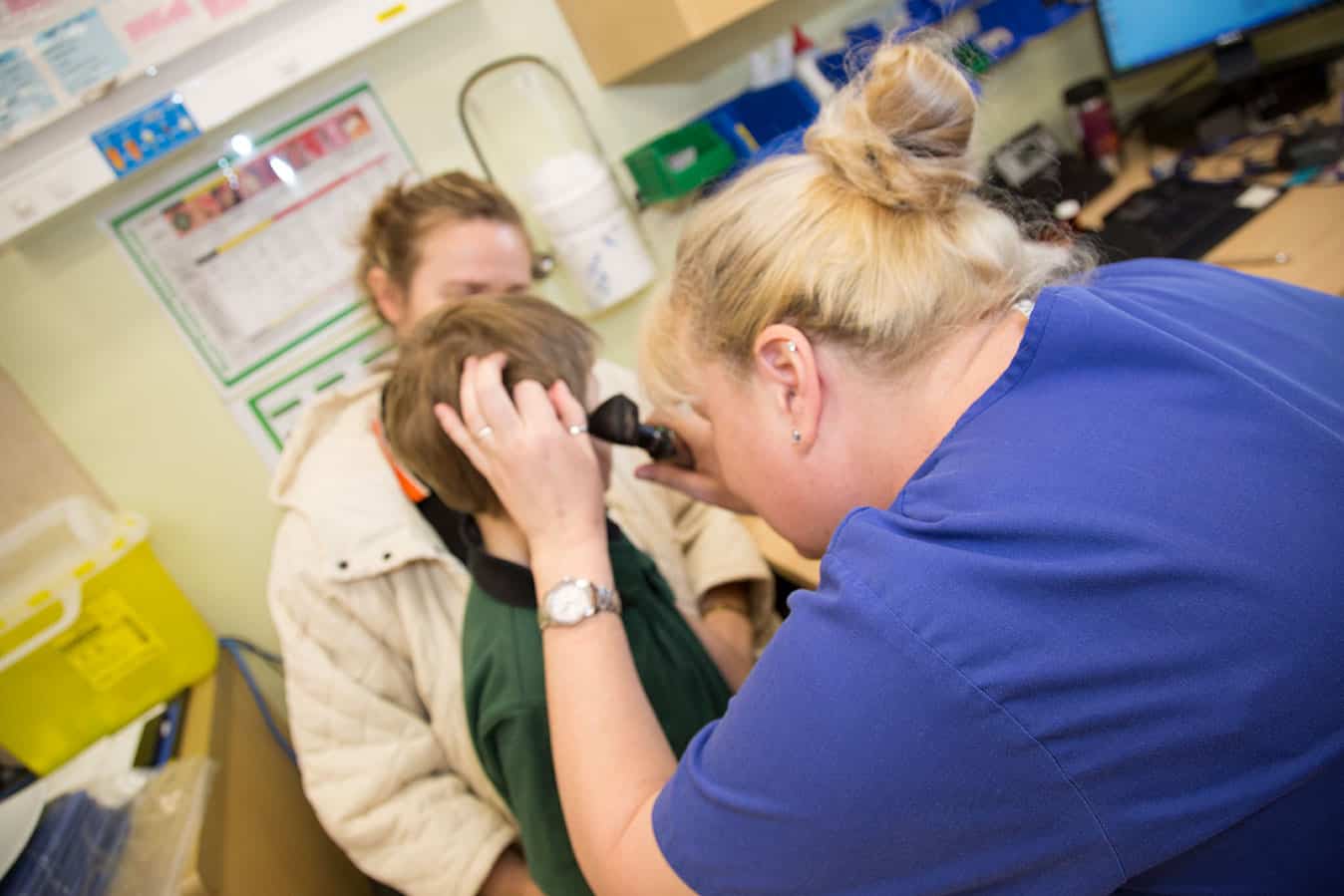Every person living in rural Australia is missing out on nearly $850 a year of healthcare access, equating to a total annual rural health-spending deficit of $6.5 billion, a new report has revealed.
According to the National Rural Health Alliance, which commissioned the independent Nous Group report, the data reflects the urgent need for an overarching National Rural Health Strategy to unite fragmented rural health initiatives under the one umbrella.

“The report looks at health spending from a patient’s perspective, reflecting the alarming day-to-day realities for rural Australians unable to access equitable care,” Alliance Chief Executive Susi Tegen said.
“Over seven million people, who make up nearly a third of Australia’s population, experience a greater burden from illness and death, in part due to inadequate funding for healthcare. This is despite the significant contribution they make to Australia’s economy.”
Rural people experience a triple health disadvantage: poorer circumstances in terms of social determinants of health, a lack of service availability, and higher costs of access and delivery, resulting in poorer health outcomes, the Alliance added.
“Although the government invests in workforce initiatives and several measures are in place to support rural health, these need to be augmented and continued as they still do not sufficiently improve service availability and a patient’s access to healthcare,” said Ms Tegen.
“Social determinants of health negatively impact rural people, who are sick for longer periods and end up in hospitals because of inadequate primary care access to doctors, nurses and other health workers.”
The Alliance says proper funding would help keep rural people well and out of the expensive, and overburdened, hospital system. They argue rural communities need government to be more flexible and introduce block or genuine support funding to provide multidisciplinary care for patients.
Specifically, the Alliance is calling for the funding of a place-based multidisciplinary model of primary healthcare – Primary care Rural Integrated Multidisciplinary Health Services (PRIM-HS) – that gives the flexibility to engage communities and address local needs in partnership.
“Communities need access to healthcare in their localities. To achieve this, we urge government to add to existing city-based and hybrid (city/rural) training, with a flipped model of exceptional rural medical and allied training, including nurse training. This would make training in cities the exception and enable students living rurally to train in their own communities,” said Ms Tegen.
“Why should people living in rural Australia pay twice or thrice the amount for the same healthcare available in cities, yet still have poorer health? Who do they need to fundraise to access a service that should be provided through their taxes? This is the unfortunate reality faced by many rural Australians.”
The Alliance says it remains committed to working with state and federal governments to “put things right”. Investing in rural areas will have the additional benefit of reducing costs in the hospital sector and emergency departments, and more importantly, increase the already significant economic contribution of rural communities to Australia’s wellbeing.








